Mossad Spy Gadgets: Tech & Tradecraft Behind Operation Finale & Adolf Eichmann's Capture
Nazi war criminal Adolf Eichmann was a key figure in the Holocaust yet he still managed to flee to safety in Argentina - or so he thought.
By the 1950s, Eichmann had adopted the name Ricardo Klement, obtained a fake passport, and left the horrors of WWII behind to start a new life. Word filtered back to Israel’s spy agencies Mossad and Shin Bet that Eichmann was living in Buenos Aires, however.
Ironically, by fleeing to Argentina, Eichmann sealed his fate. What unfolded in the years that followed is one of the most thrilling spy stories of the 20th century - a daring Mossad extraction operation that almost fell at the last hurdle over a mistake in a forged document.
The full story is now finally being revealed through a touring exhibition of artifacts curated by ex-Mossad Lt. Colonel Avner Avraham. Operation Finale: The Capture and Trial of Adolf Eichmann is the first time Israel has allowed the public to examine Mossad’s spy gadgets and the declassified documents related to the chilling operation. It is a story that goes to the heart of Israel and its intelligence operations.
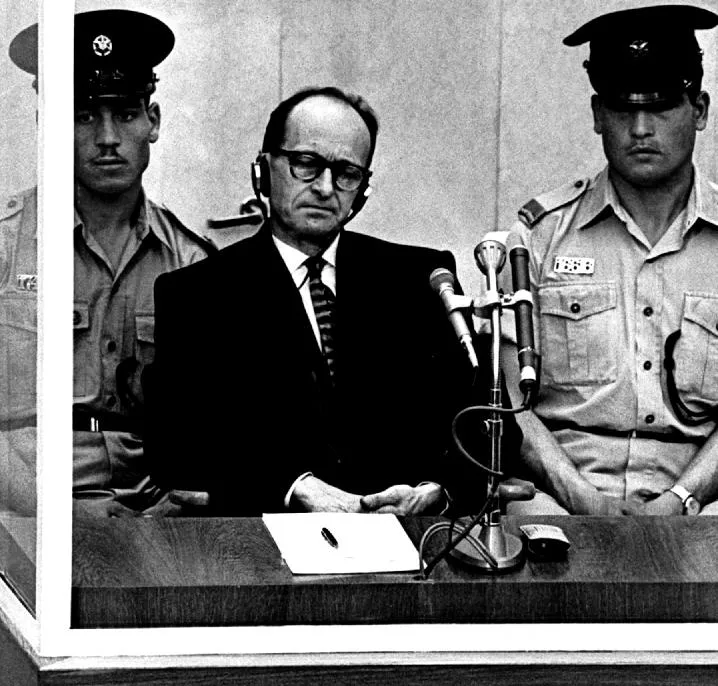
A breakthrough in the hunt to capture Adolf Eichmann
Adolf Eichmann was responsible for organizing the transportation of millions of Jewish prisoners across Europe to the death camps at Auschwitz and others in German-occupied Poland. Mossad was determined to bring Eichmann home to stand trial in Israel, but how?
Finding and extracting Eichmann from South America would take years of painstaking undercover work. A tip-off finally came from one of Eichmann’s Argentinian co-workers who’d taken a photo of the suspected war criminal in the late 1950s. It seemed the Nazi SS officer had found work at Mercedes-Benz in Buenos Aires where he rose to become a department head.
The photo was an exciting breakthrough, but was it really Eichmann? Mossad and Shin Bet intelligence officers crafted a devious plan.
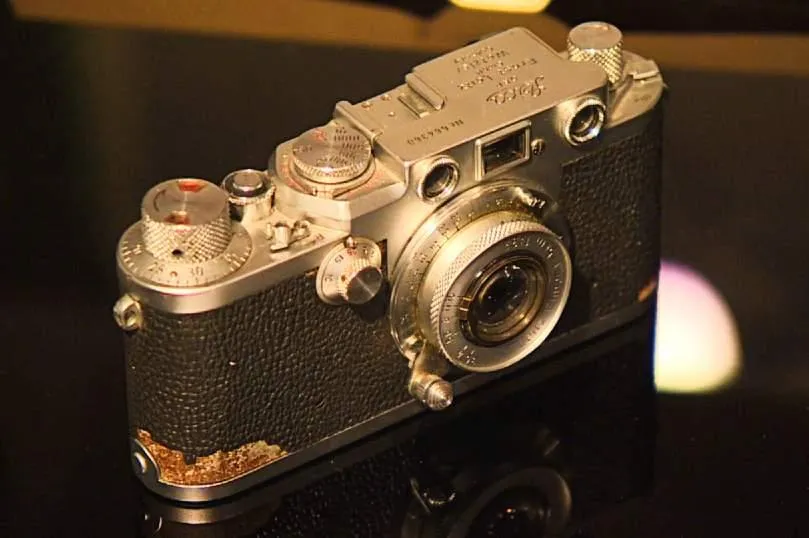
Adolf Eichmann & Mossad: Gathering the evidence
It was 1960 by the time officers flew to Argentina to photograph their suspect. They brought a small Leica camera which featured a converted case and a secret camera trigger so they could photograph the suspect surreptitiously.
They developed the negatives at a local photography shop and conducted a 10-point analysis of Eichmann’s ear, comparing the results to the photos in Eichmann’s top-secret Mossad file - this was long before DNA was used in criminal cases.
Why the ear? Mossad had a photo of Eichmann as a WWII soldier, a side shot showing his face with his left ear exposed (see the photo below, left). Mossad needed a photo of the Argentinian suspect taken from the same angle in 1960 to compare his facial structure and ear to the WWII photo snapped roughly 15 years earlier.
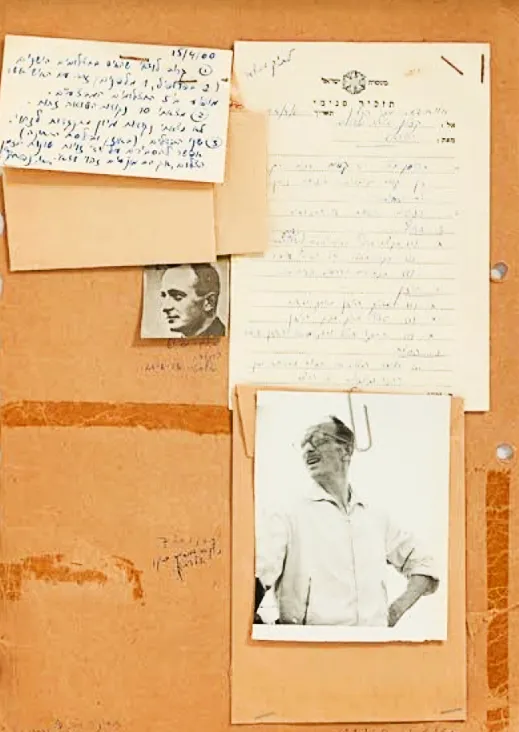
Adolf Eichmann’s abduction
Mossad’s two photos - provided exclusively to SPYSCAPE - illustrate how the spy agency’s detailed ear analysis indicated a match. After a decade of searching, Mossad believed they had finally located Adolf Eichmann at his home in Buenos Aires.
The next step was for Mossad to fly 11 operatives into Argentina to abduct Eichmann on the streets of Buenos Aires. They wanted to capture him alone and unprepared so they’d need a vehicle and fake license plates for the kidnapping. Mossad spymaster and chief Isser Harel flew in to personally supervise the mission.
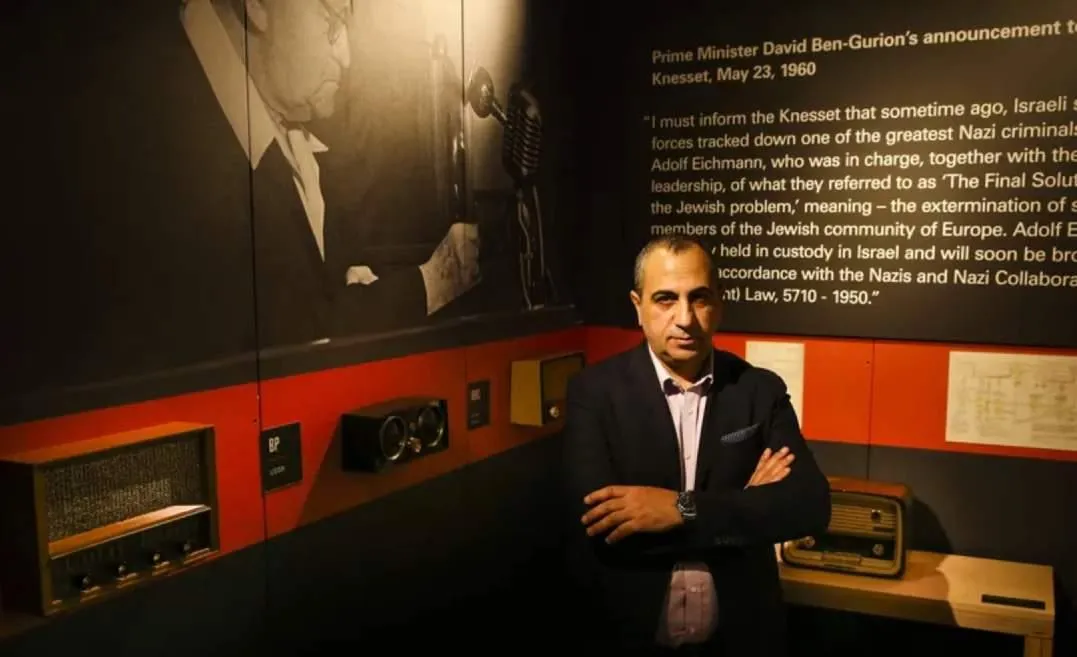
Avner Avraham, curator of the Eichmann exhibition, said the Israeli intelligence officers approached Eichmann as he stepped off of a bus, saying ‘Momentito, Señor'. After distracting him with a story about a stalled vehicle, the officers bundled Eichmann into the getaway car. The kidnapping took 10 minutes. Smuggling Eichmann out of the country would be much more time consuming.
First, Eichmann needed to be brought to a safe house for a debriefing.
"The brand new social experience where you activate your gaming skills as you train like a spy."
- TimeOut
Take on thrilling, high-energy espionage challenges across different game zones.

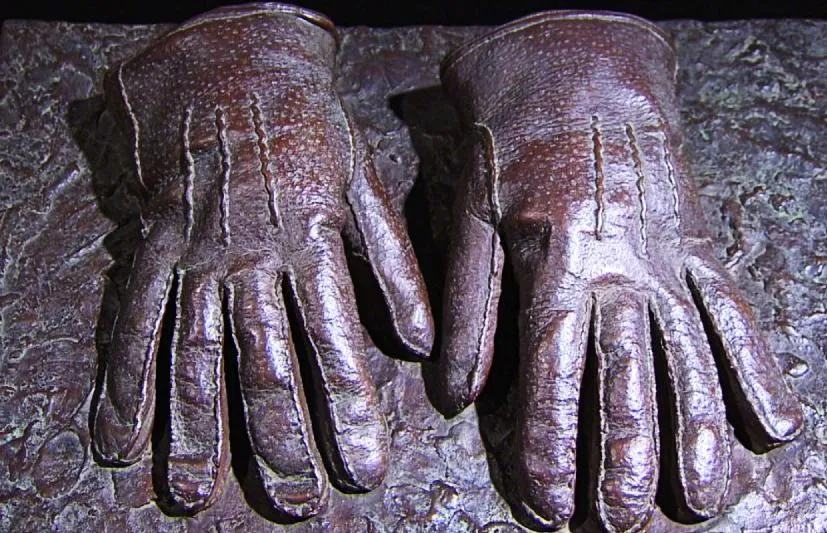
Capturing Eichmann was a difficult and emotional operation.
One of the Mossad officers assigned to restrain Eichmann preferred to use gloves. “He was a Holocaust survivor and didn’t want to touch him with his hand,” Avraham said. The officer later became a famous artist and made a cast of the gloves.
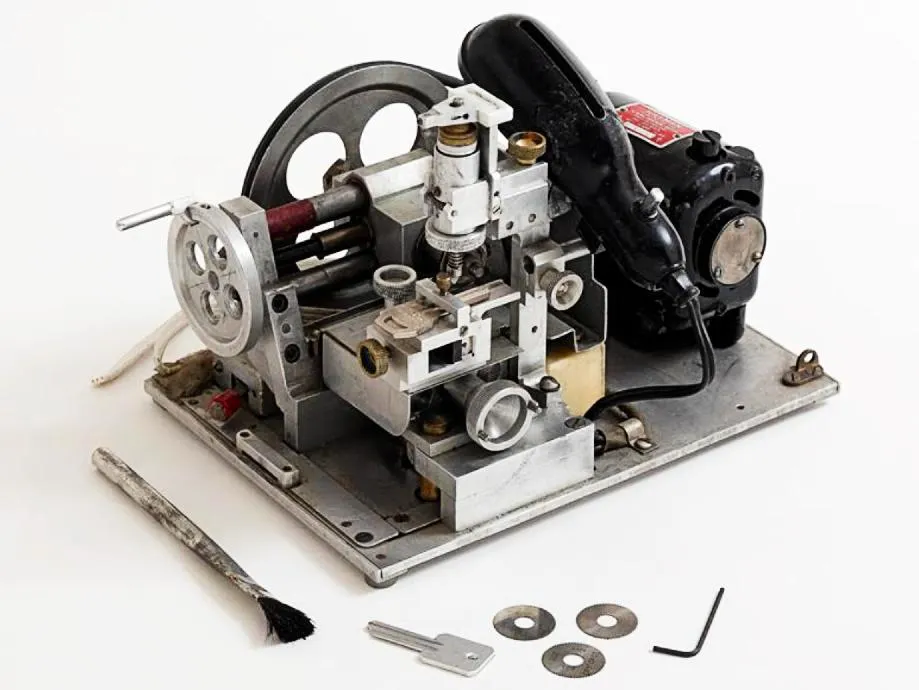
Mossad Lathe for duplicating keys
Although Mossad successfully captured Eichmann on the street, officers were also prepared to carry out Plan B. The spy agency’s technical staff had built a lathe during the 1950s, a key-cutter operated by the motor of a sewing machine, and Mossad used it to duplicate the key to Eichmann’s house on Garibaldi Street in case they needed to break in.
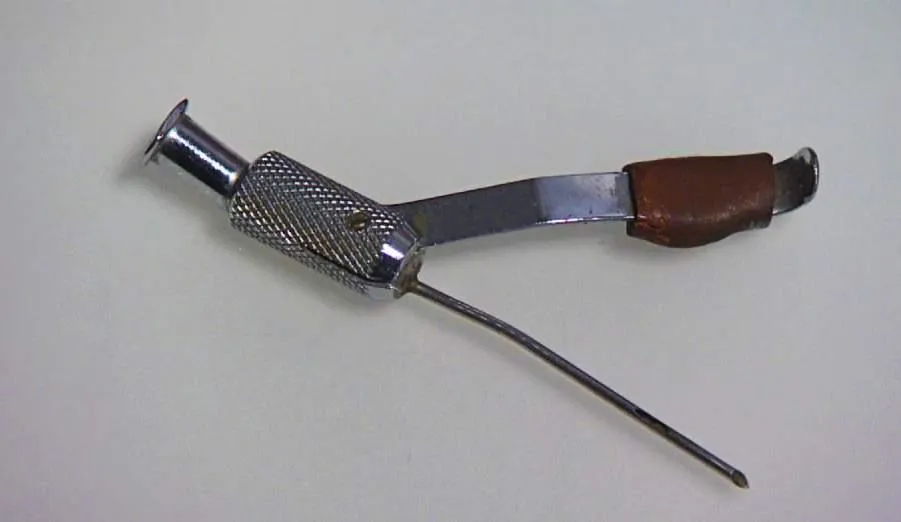
Smuggling Eichmann out of Argentina
There were a few other significant hurdles to overcome in Operation Finale - not least, drugging the target. Mossad wanted a doctor to administer a sedative to Eichmann so he wouldn’t put up a fight during his forced deportation to Israel. Dr. Yonah Elian, an Israeli anesthesiologist and Holocaust survivor, was recruited. Dr. Elian’s job was to inject just enough of the sedative to incapacitate Eichmann while still keeping him conscious and mobile.
While Dr. Elian performed his role without a hitch, he reportedly stayed in the shadows for years afterward, keeping the needle he used to administer the sedative in a drawer.
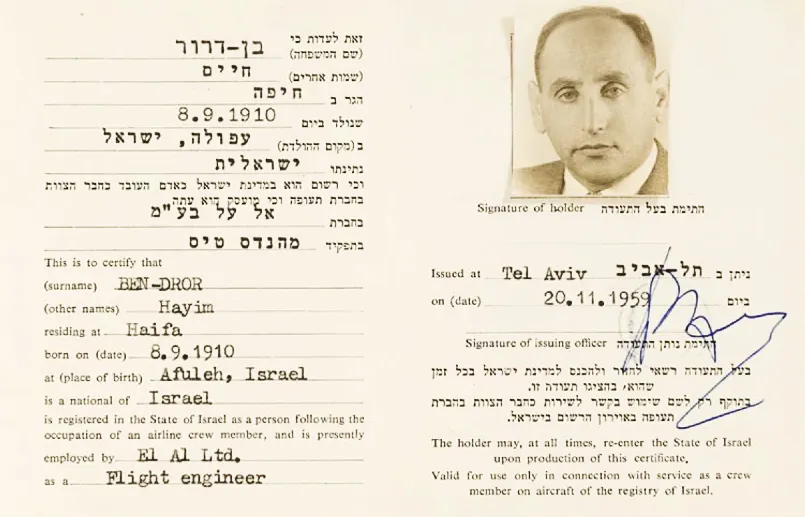
Mossad & Eichmann: The final challenge
The final leg of the operation involved dressing Eichmann in an El Al flight uniform and persuading airport authorities in Buenos Aires that Eichmann - now sedated - was an ill airline crew member. Eichmann was accompanied by Dr. Elian who ensured Eichmann stayed upright.
The 11-person Mossad and Shin Bet team also dressed as an El Al flight crew to make the cover story more believable. There was a snag at the last minute that could have scuttled the entire operation, however.
The team needed to pass through Buenos Aires Customs with forged ID certificates, including the head of Mossad, Isser Harel, who claimed to be a flight engineer. There is a rare mistake in Harel’s fake ID, however. The document claims he was born in 1910 in a city that was not actually founded until 1925. Argentinian Customs officers were none the wiser. Once the team cleared Customs, Mossad was en route to Israel.
On May 23, 1960, Israeli Prime Minister David Ben-Gurion announced to the world that Adolf Eichmann was in prison. After an eight-month trial and the testimony of more than 100 witnesses, Eichmann was found guilty on 15 charges including war crimes. He was hanged in 1962.
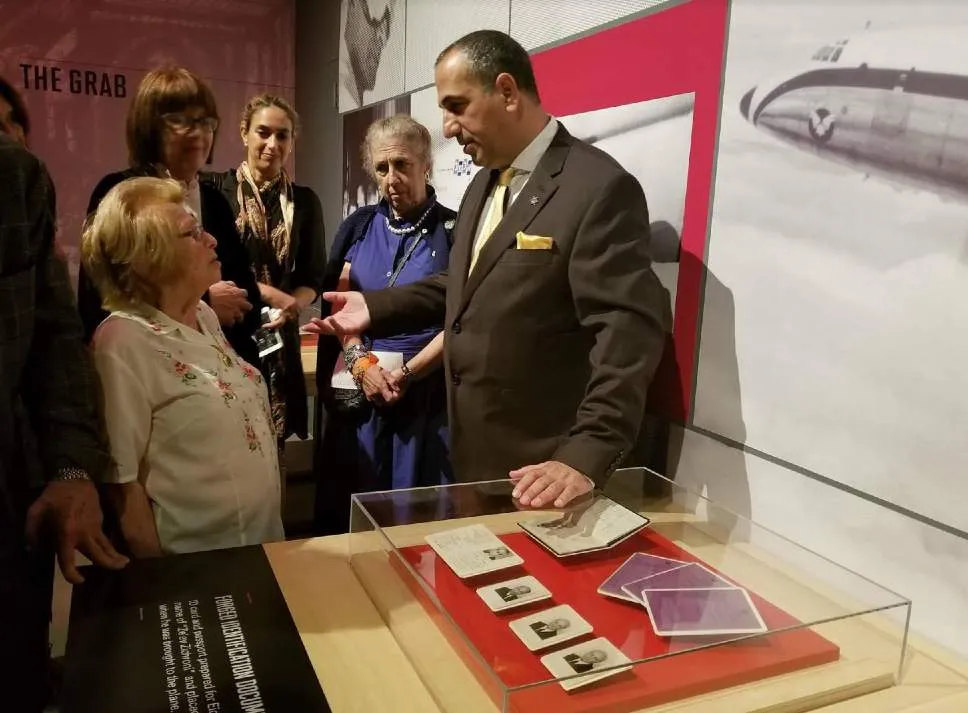
From Mossad to Hollywood’s Operation Finale
Avraham’s detailed knowledge of the operation caught the attention of Hollywood director Chris Weitz while he was preparing to film the spy thriller Operation Finale (2018). Weitz hired Avraham as a consultant to ensure the movie's details were authentic, down to the last detail.
In one scene, for example, Avraham knew a team of Mossad agents wouldn’t arrive in Argentina on the same flight, at the same time, with their luggage all tagged by Air France. The Argentinian government didn’t know about Mossad’s secretive operation. Arriving en masse could arouse suspicion and blow their cover.

Avraham stepped in to remedy the error in the film, one of many misconceptions he’s tried to clear up in the years since Eichmann's capture, a story that has forever changed how the world viewed Mossad and spy operations.
Mossad’s touring exhibition, Operation Finale: The Capture and Trial of Adolf Eichmann, is being displayed in museums throughout the world including a show at the Museum of Jewish Heritage in New York City.
****
Avner Avraham is a sought-after guest speaker and entertainment consultant. Request his services for your next event or project by contacting SPYEX.com.
SPYSCAPE+

Join now to get True Spies episodes early and ad-free every week, plus subscriber-only Debriefs and Q&As to bring you closer to your favorite spies and stories from the show. You’ll also get our exclusive series The Razumov Files and The Great James Bond Car Robbery!


Gadgets & Gifts
Explore a world of secrets together. Navigate through interactive exhibits and missions to discover your spy roles.
Your Spy Skills
We all have valuable spy skills - your mission is to discover yours. See if you have what it takes to be a secret agent, with our authentic spy skills evaluation* developed by a former Head of Training at British Intelligence. It's FREE so share & compare with friends now!
* Find more information about the scientific methods behind the evaluation here.


Stay Connected
Follow us for the latest
TIKTOK
INSTAGRAM
X
FACEBOOK
YOUTUBE